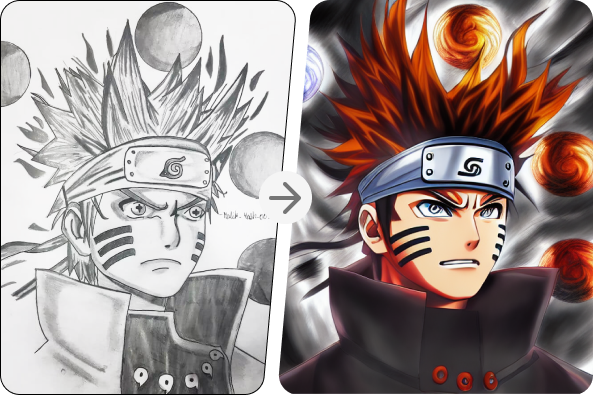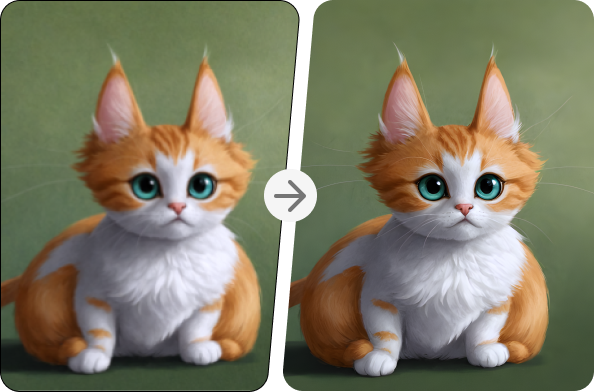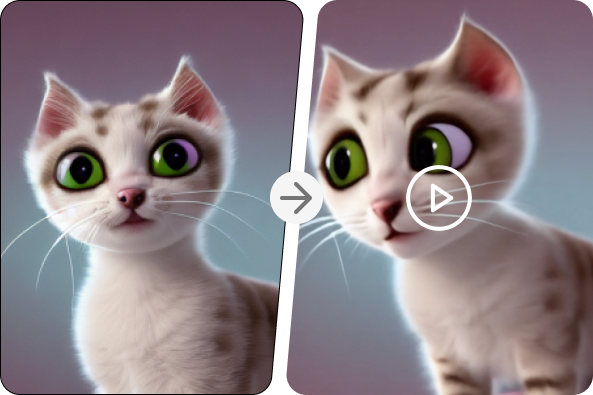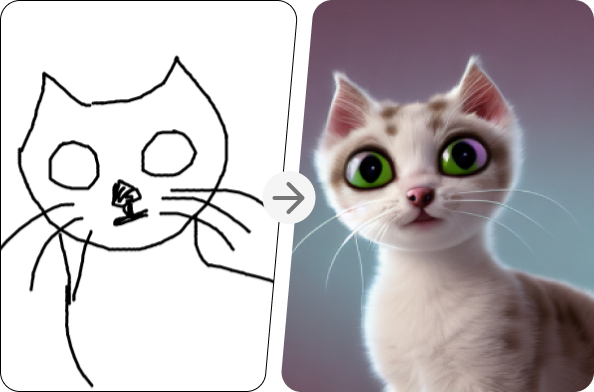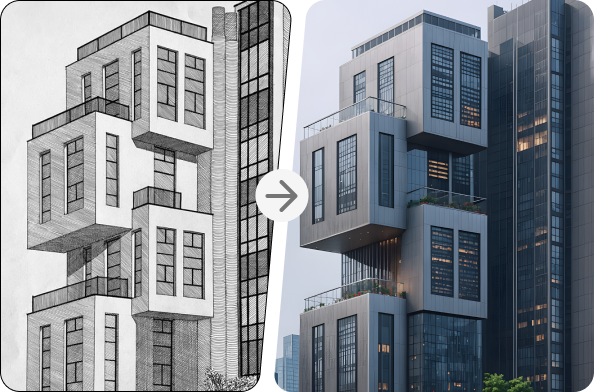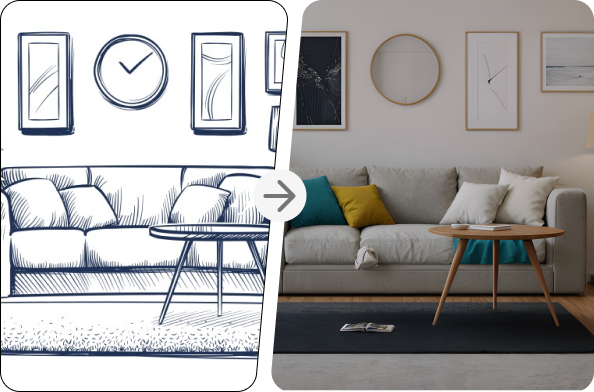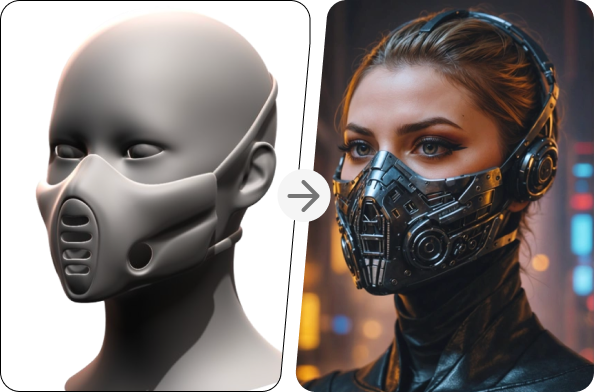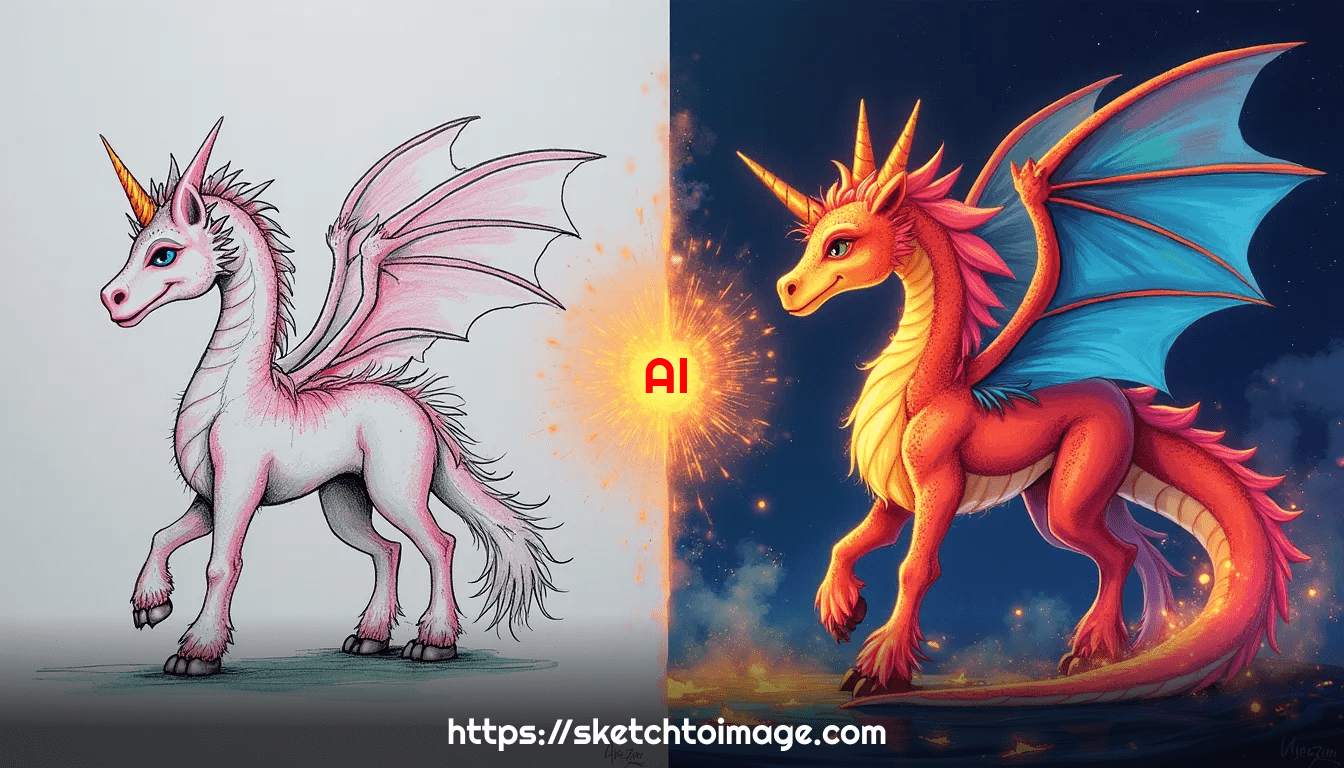How Sketch to Image AI Works
Introduction
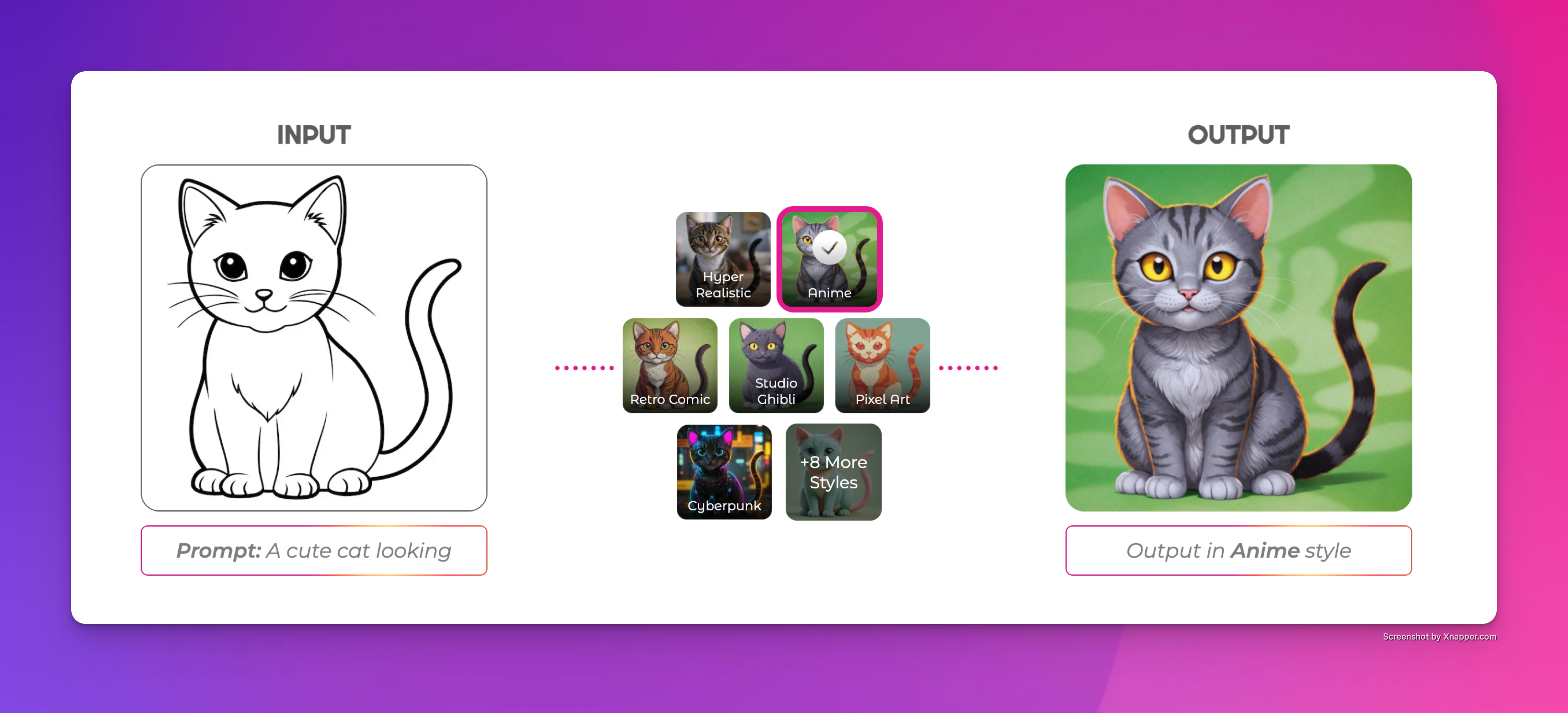
Artificial intelligence has transformed the way we create and visualize art. Sketch to Image AI is a powerful technology that takes simple sketches and turns them into detailed, high-quality images. But how does it actually work? Let’s break down the process and explore the technology behind this AI-driven transformation.
Understanding the Process: From Input Sketch to Final Image
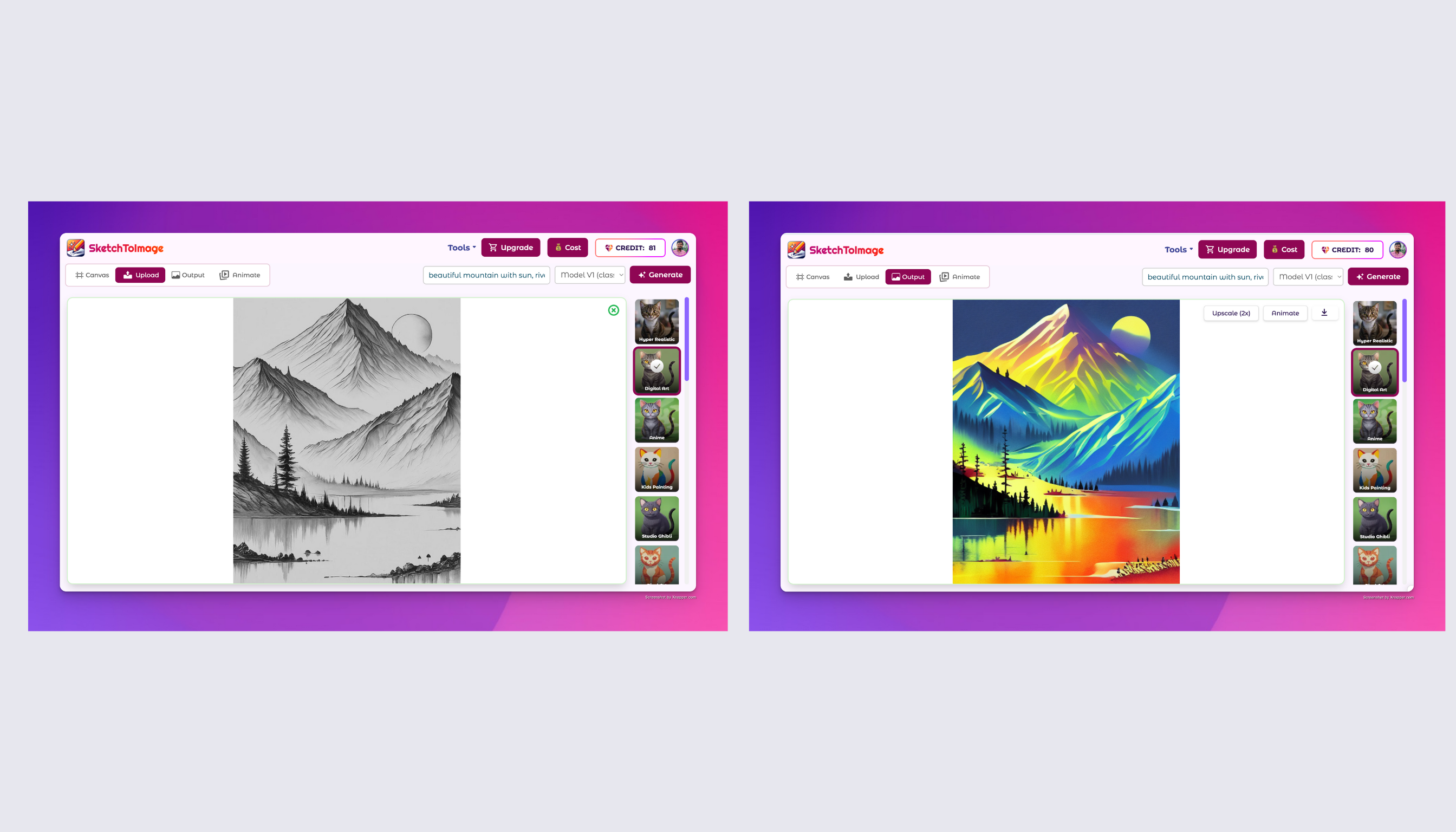
The process of converting a sketch into a polished image involves multiple AI-driven steps. First, the system analyzes the input sketch , identifying shapes, lines, and structure. Then, using machine learning algorithms, it interprets the sketch and applies artistic enhancements. Finally, the AI generates a refined image, often allowing users to choose styles and adjust details before finalizing the output.
Key Technologies Behind Sketch to Image AI
Several cutting-edge technologies power Sketch to Image AI , including machine learning and deep learning . These fields enable AI to recognize patterns in sketches and intelligently fill in missing details. By training on vast datasets, AI can understand different artistic styles, textures, and object structures to generate highly realistic images.
Role of Neural Networks in Converting Sketches to Images
Neural networks play a crucial role in the interpretation and generation of images from sketches. Convolutional Neural Networks (CNNs) are commonly used to analyze and process sketch inputs, detecting edges and shapes. Recurrent Neural Networks (RNNs) can also assist in predicting missing details and refining the final image, ensuring a natural and aesthetically pleasing result.
Training AI Models for Sketch to Image Conversion
To achieve high-quality results, AI models undergo extensive training . During this process, AI learns from millions of sketches and corresponding images , improving its ability to recognize artistic elements and styles. The more diverse the training data, the better the AI becomes at handling various artistic interpretations and styles.
Importance of Datasets in Sketch to Image AI
AI models rely on massive datasets containing sketches paired with completed images . These datasets help AI understand how a rough outline corresponds to a fully rendered image. High-quality datasets ensure accuracy, diversity, and adaptability , allowing AI to generate results that align with different artistic styles and user expectations.
The Role of Generative Adversarial Networks (GANs)
Generative Adversarial Networks (GANs) play a major role in Sketch to Image AI by enhancing the quality and realism of generated images. GANs consist of two components: a generator and a discriminator . The generator creates images from sketches, while the discriminator evaluates the results and provides feedback. This iterative process helps refine and improve the final image , making it more realistic and visually appealing.
Common Algorithms Used in Sketch to Image AI
Several advanced algorithms power Sketch to Image tools, including:
- Edge Detection Algorithms:Identify key lines and outlines in sketches.
- Style Transfer Algorithms:Apply different artistic styles to generated images.
- Super-Resolution Algorithms:Enhance image quality and resolution after AI processing.
- Feature Extraction Models:Recognize objects and structures in sketches to add accurate details.
How AI Handles Complex Sketches and Adds Realistic Features
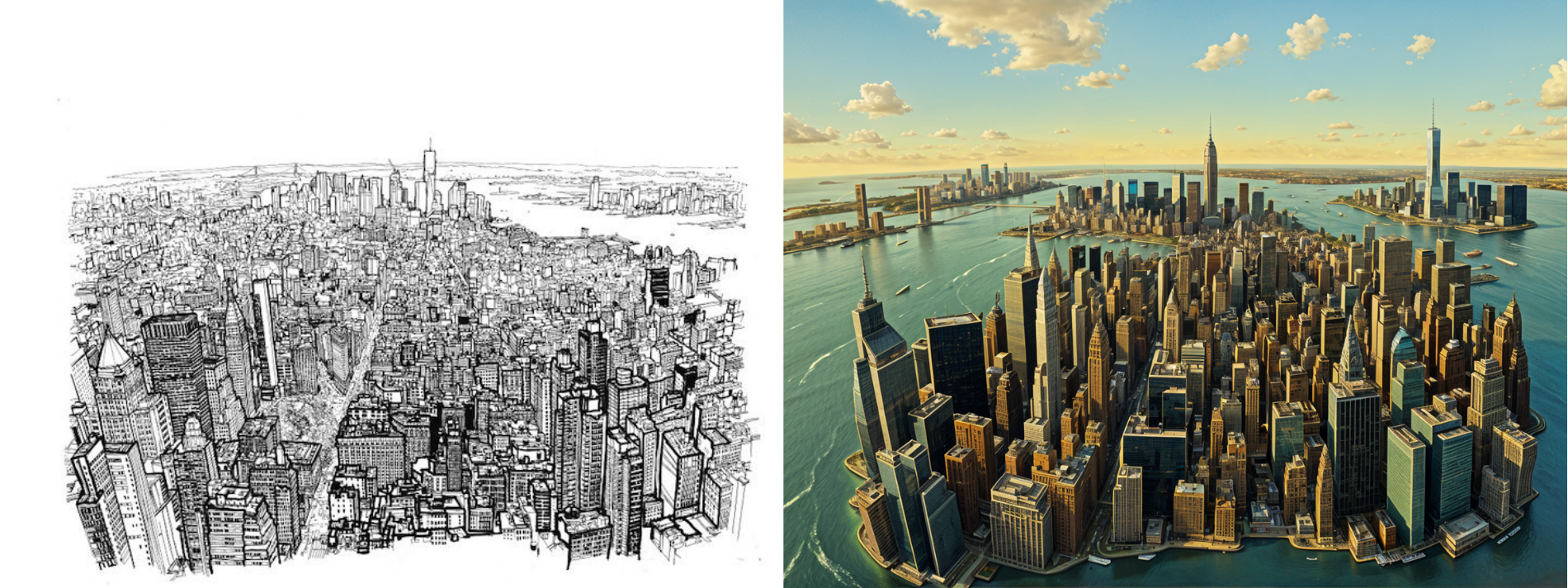
Handling intricate sketches requires AI to differentiate between key elements and background noise. Advanced AI models use context-aware processing , ensuring that even rough or abstract sketches are accurately transformed into detailed images. AI can also add realistic textures, lighting effects, and depth to enhance the visual appeal of the final output.
Integration of User Feedback for Continuous Improvement
One of the strengths of modern AI tools is their ability to learn and improve over time. User feedback helps refine AI models by identifying errors, improving style adaptability, and ensuring high-quality results. As more users interact with Sketch to Image tools, the AI becomes smarter and more efficient in generating accurate and artistic images.
Real-Time vs Batch Processing in Sketch to Image Tools
AI-driven sketch conversion can be processed in two ways: real-time generation and batch processing .
- Real-Time Processing: Instantly converts sketches into images, ideal for interactive applications.
- Batch Processing: Processes multiple sketches at once, suitable for large-scale projects and businesses requiring bulk image generation.
Conclusion
The technology behind Sketch to Image AI combines deep learning, neural networks, and generative models to create visually stunning images from simple sketches. Whether you’re an artist, designer, or creative enthusiast, these AI tools offer an innovative way to bring ideas to life. As AI continues to evolve, we can expect even more realistic, efficient, and intelligent sketch-to-image transformations in the future.
Ready to experience the benefits for yourself? Try SketchToImage.com today and unlock new creative possibilities!

